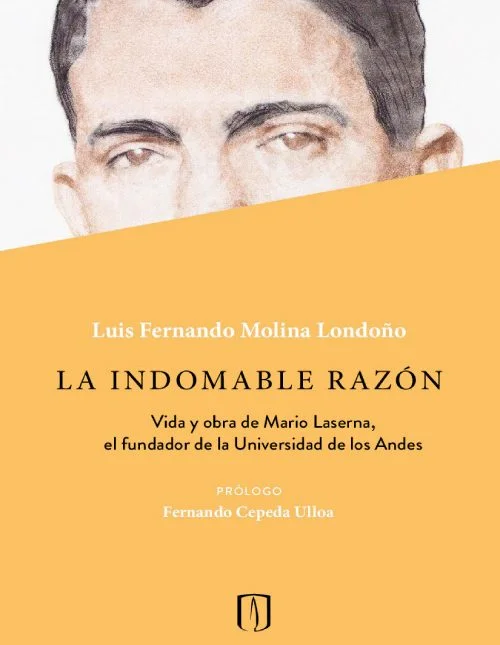Este libro se enfoca alrededor de un tema antiguo y recurrente en la historia de la humanidad: ¿De quién es la tierra? Si los jefes de la República Liberal –usualmente, 1930-1946– se hubiesen formulado de forma sincera esta pregunta, habrían tenido que reconsiderar las coaliciones de clase alrededor de la reforma del Estado colombiano y de la formación de la vida pública. En ese caso, hubieran tenido que concebir el Estado y manejar la maquinaria gubernamental de forma que campesinos y trabajadores de las ciudades se encontraran en un plano de igualdad política en relación con las clases propietarias, capitalistas y rentistas. No se arriesgaron. Por consiguiente, la Ley de Tierras de 1936, su abracadabra, dejó incólume el lugar de los grandes terratenientes en la coalición de poder y abrió un nuevo capítulo de la larga historia de marginación social y política, objeto de análisis del presente libro.
This book focuses around an old and recurring theme in human history: Whose earth is it? If the heads of the Liberal Republic –usually, 1930-1946– had asked themselves this question sincerely, they would have had to reconsider the class coalitions around the reform of the Colombian State and the formation of public life. In that case, they would have had to conceive the State and manage the governmental machinery in such a way that peasants and workers in the cities would find themselves on a level of political equality in relation to the owner, capitalist and rentier classes. They took no chances. Consequently, the Land Law of 1936, its hocus-pocus, left the place of the large landowners in the coalition of power unscathed and opened a new chapter in the long history of social and political marginalization, the subject of analysis in this book.



